Indicator Updates from the Scottish Household Survey 2022
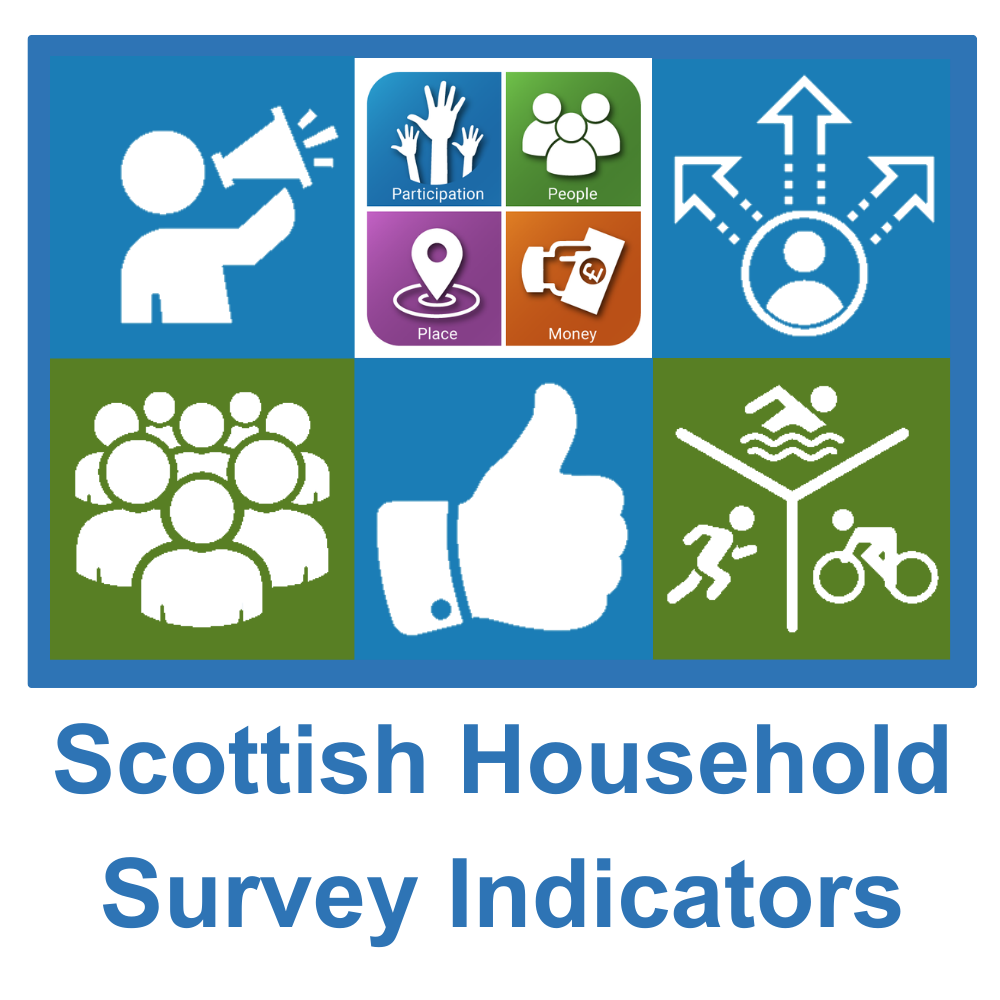
Data from the Scottish Household Survey for 2022 has now been published.
Five of the Shetland Partnership indicators come from the Scottish Household Survey. The results for 2022 are published following a return to the traditional methodology of face-to-face interviews. This is after the experimental statistics produced in 2021, as this was done via telephone rather than face-to-face. In March 2020 the fieldwork approach was altered in response to the Covid-19 pandemic. This resulted in the majority of the 2020 survey fieldwork, and all of the 2021 survey fieldwork, being carried out using telephone interviewing. Due to a smaller sample size in 2020, the data was not able to be broken down and published at local authority level.
The results of the 2021 telephone survey are not comparable to face-to-face survey results for 2022, or to 2019 and earlier, and were published as experimental statistics, so caution must be taken when looking at trends that include the 2021 data.
Satisfaction with public services
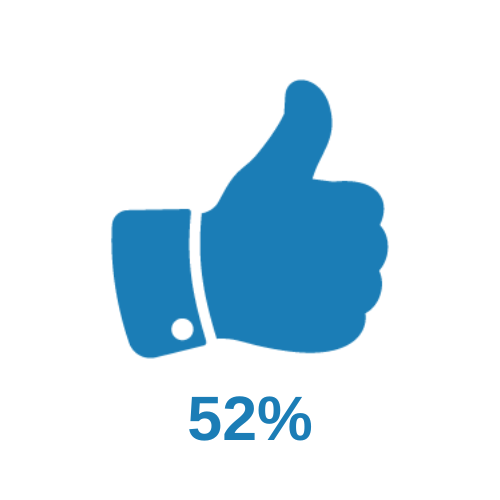 Fewer people in Shetland were satisfied with public services in 2022 compared to 2021, with 52% compared to 58%. This is also lower than the Partnership’s baseline of 59%. This indicator is a compilation of quality of local schools, quality of local health services and quality of public transport. Apart from 2018, Shetland has consistently had a higher rate of satisfaction than the Scottish average since 2016, with the gap in 2022 the highest it has been in this time period..
Fewer people in Shetland were satisfied with public services in 2022 compared to 2021, with 52% compared to 58%. This is also lower than the Partnership’s baseline of 59%. This indicator is a compilation of quality of local schools, quality of local health services and quality of public transport. Apart from 2018, Shetland has consistently had a higher rate of satisfaction than the Scottish average since 2016, with the gap in 2022 the highest it has been in this time period..People engaging in physical activity
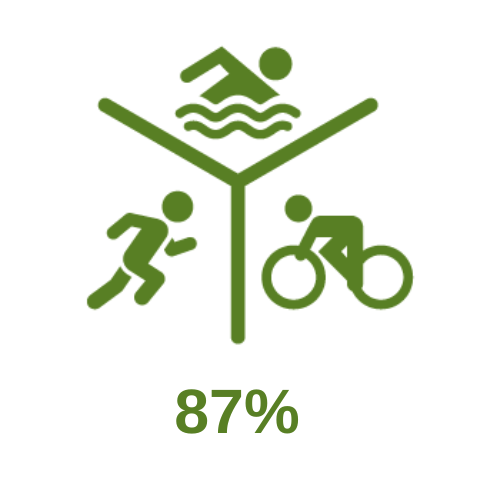 2022 showed a higher percentage of people in Shetland engaging in physical activity than 2016-2021, with 87%. This is an increase on the Partnership’s baseline and exceeds the 2021 target. The aim is for at least 90% of people to engage in some form of sport and physical activity by 2028.
2022 showed a higher percentage of people in Shetland engaging in physical activity than 2016-2021, with 87%. This is an increase on the Partnership’s baseline and exceeds the 2021 target. The aim is for at least 90% of people to engage in some form of sport and physical activity by 2028.People in Shetland who feel part of their community
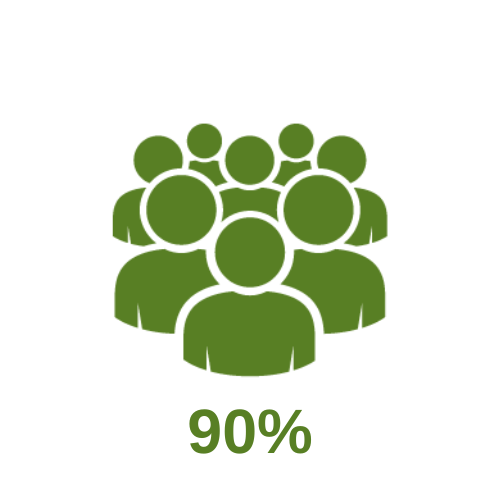 The Scottish Household Survey 2022 showed a slight decrease of people in Shetland who feel part of their community compared to 2021 with 90%. This is a return to the 2019 level and is higher than the Scottish average of 83%. .
The Scottish Household Survey 2022 showed a slight decrease of people in Shetland who feel part of their community compared to 2021 with 90%. This is a return to the 2019 level and is higher than the Scottish average of 83%. .People who feel they can influence decisions affecting their local area
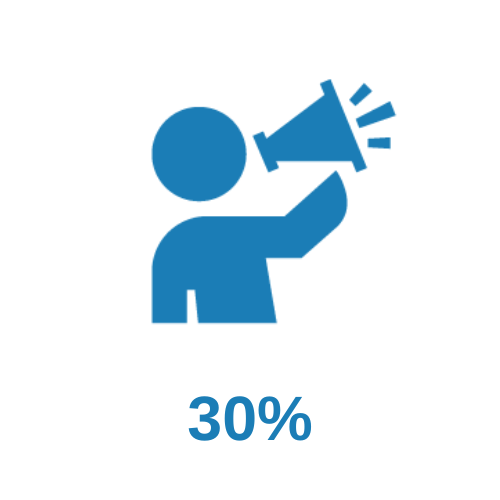 30% of people felt they could influence decisions affecting their local area in 2022. This is decrease from the high of 34% in 2021, however it remains higher than the baseline figure of 27% from 2016, showing an overall improvement. Influencing decision links strongly to participation, which is a priority of the Shetland Partnership.
30% of people felt they could influence decisions affecting their local area in 2022. This is decrease from the high of 34% in 2021, however it remains higher than the baseline figure of 27% from 2016, showing an overall improvement. Influencing decision links strongly to participation, which is a priority of the Shetland Partnership.People who feel they want to be more involved in decision making
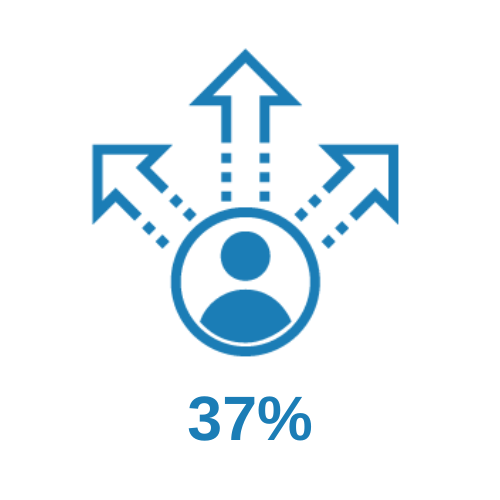 37% of people said they wanted greater involvement in 2022. This is a decrease on the baseline of 41% and lower than the high of 45% in 2021. This means that the percentage of people who feel they want greater involvement has declined. This could indicate that there is more satisfaction with the opportunities to get involved in decision making, and the desire to be involved is being more readily met. Alternatively it could indicate that there is an apathy towards decision making, and the community are disengaged from participation processes.
37% of people said they wanted greater involvement in 2022. This is a decrease on the baseline of 41% and lower than the high of 45% in 2021. This means that the percentage of people who feel they want greater involvement has declined. This could indicate that there is more satisfaction with the opportunities to get involved in decision making, and the desire to be involved is being more readily met. Alternatively it could indicate that there is an apathy towards decision making, and the community are disengaged from participation processes.Further data, context and analysis for all indicators is available through our indicators page.
